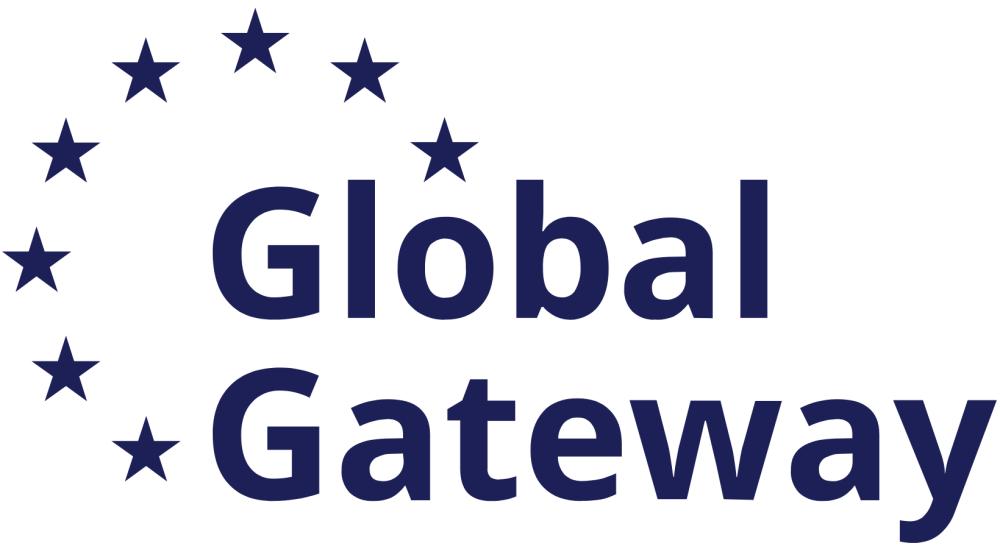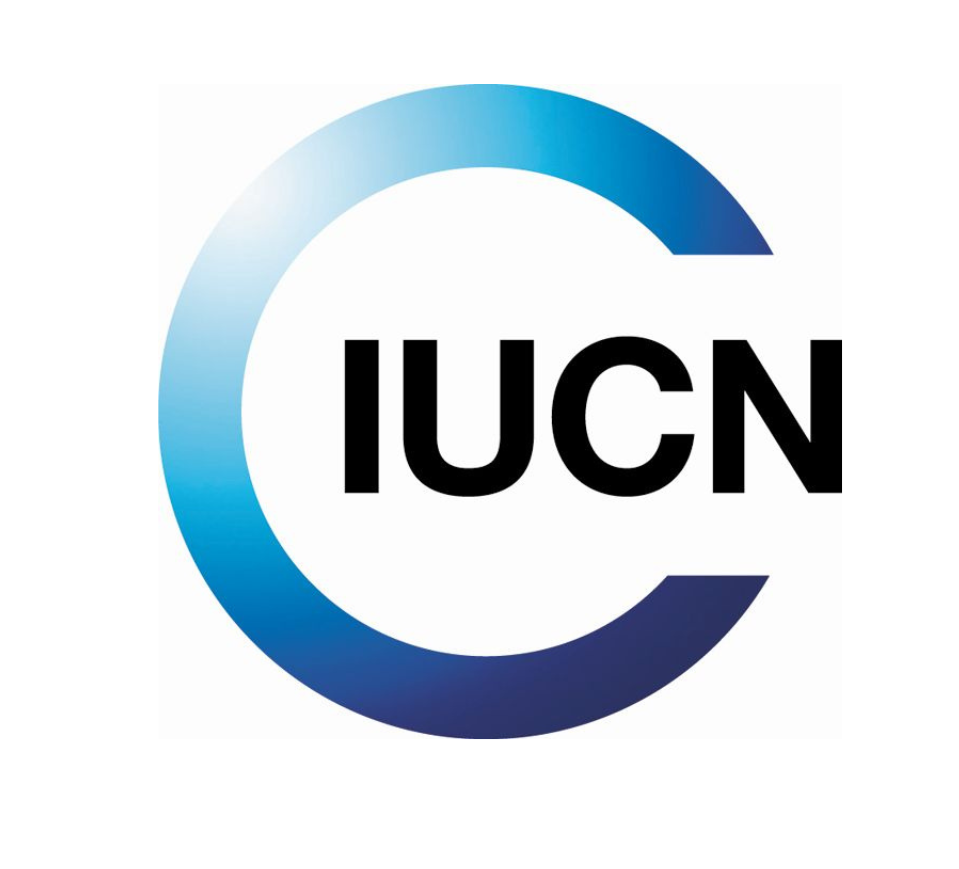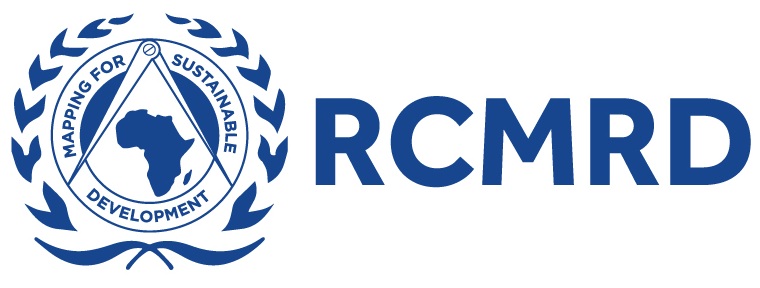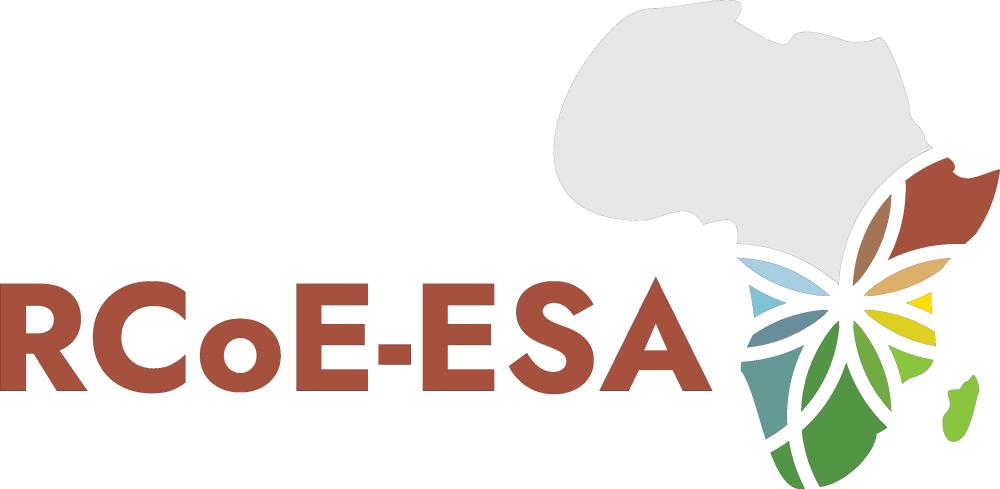 Translate
Translate
News
Healing the Land, Herding the Future: Restoring Land and Livelihoods
18 August 2025

In the heart of Zambia’s Southern Province, within the Kazungula District, lies Sikaunzwe, a grazing area transformed by a steady and impactful shift towards sustainable livestock farming. This transformation is being led by the Herding for Health (H4H) initiative, a regional rangeland management programme that combines environmental conservation with improved livestock production. What makes this initiative particularly remarkable is how it centres community knowledge, climate resilience, and women’s empowerment.
On a recent field visit, I was struck by the visible impact this project has had. Farmers, many of whom had previously faced challenges with overgrazing and land degradation, now demonstrate strong commitment and understanding of how to use the land sustainably. This transformation followed targeted training sessions on rotational grazing, natural soil regeneration, and low-stress animal handling.
What stood out most during the visit was the conviction in the voices of the farmers themselves. After receiving training on sustainable land use, they are now applying traditional practices in a modern, informed way. One farmer summed up this shift beautifully: “Before this training, we didn’t know the grass needed time to grow again. Now we see how healthy our land is becoming.”
At the core of the programme is the simple, yet effective practice of rotating cattle bomas, mobile livestock enclosures, every seven days. This gives the land time to recover and allows grass to regenerate. The cow dung left behind naturally fertilises the soil, making this system a low-cost, eco-friendly solution for restoring degraded grazing lands.
The H4H programme, driven by a hands-on collaboration between CCARDESA, GIZ, Conservation International, and the Peace Parks Foundation, equips farmers not only with technical knowledge but also with record-keeping skills to better manage disease, theft, and grazing schedules. Farmers now know what goes into the boma, what leaves, and what supplementary feed is required, enabling greater traceability and productivity.
Crucially, the programme has been a springboard for empowering women in agriculture. One such inspiring example is Precious Phiri, a young woman herder whose leadership and dedication to the land is deeply felt in her community. Trained through the H4H initiative, Precious now confidently identifies palatable grasses for grazing, monitors herd health, and leads awareness sessions on rangeland restoration. She speaks passionately about how the training not only gave her skills but also a stronger sense of purpose. “Before, I didn’t know how valuable my role could be. Now, I’m helping the land heal and also helping younger women see that they can do this work too,” she shared.
Read more: https://www.ccardesa.org/healing-land-herding-future-restoring-land-and-livelihoods
On a recent field visit, I was struck by the visible impact this project has had. Farmers, many of whom had previously faced challenges with overgrazing and land degradation, now demonstrate strong commitment and understanding of how to use the land sustainably. This transformation followed targeted training sessions on rotational grazing, natural soil regeneration, and low-stress animal handling.
What stood out most during the visit was the conviction in the voices of the farmers themselves. After receiving training on sustainable land use, they are now applying traditional practices in a modern, informed way. One farmer summed up this shift beautifully: “Before this training, we didn’t know the grass needed time to grow again. Now we see how healthy our land is becoming.”
At the core of the programme is the simple, yet effective practice of rotating cattle bomas, mobile livestock enclosures, every seven days. This gives the land time to recover and allows grass to regenerate. The cow dung left behind naturally fertilises the soil, making this system a low-cost, eco-friendly solution for restoring degraded grazing lands.
The H4H programme, driven by a hands-on collaboration between CCARDESA, GIZ, Conservation International, and the Peace Parks Foundation, equips farmers not only with technical knowledge but also with record-keeping skills to better manage disease, theft, and grazing schedules. Farmers now know what goes into the boma, what leaves, and what supplementary feed is required, enabling greater traceability and productivity.
Crucially, the programme has been a springboard for empowering women in agriculture. One such inspiring example is Precious Phiri, a young woman herder whose leadership and dedication to the land is deeply felt in her community. Trained through the H4H initiative, Precious now confidently identifies palatable grasses for grazing, monitors herd health, and leads awareness sessions on rangeland restoration. She speaks passionately about how the training not only gave her skills but also a stronger sense of purpose. “Before, I didn’t know how valuable my role could be. Now, I’m helping the land heal and also helping younger women see that they can do this work too,” she shared.
Read more: https://www.ccardesa.org/healing-land-herding-future-restoring-land-and-livelihoods










